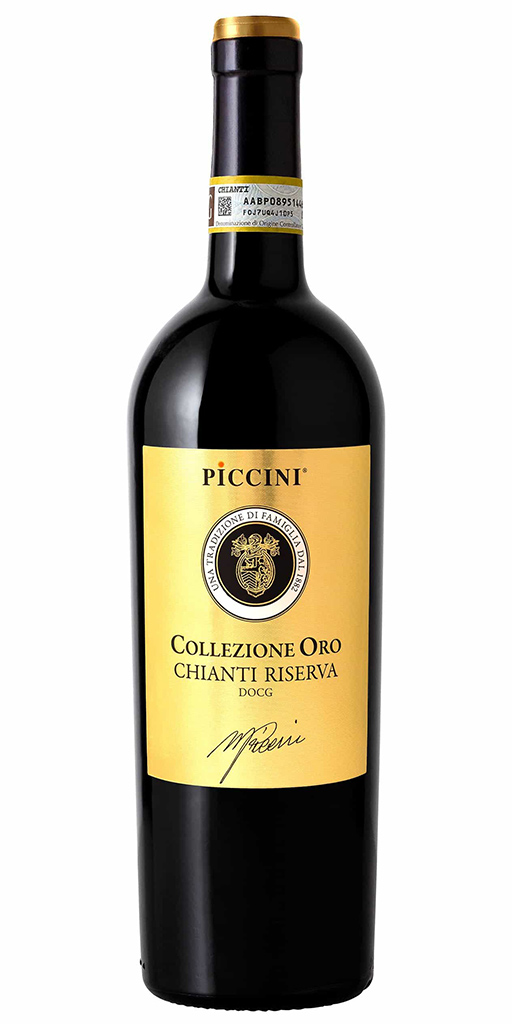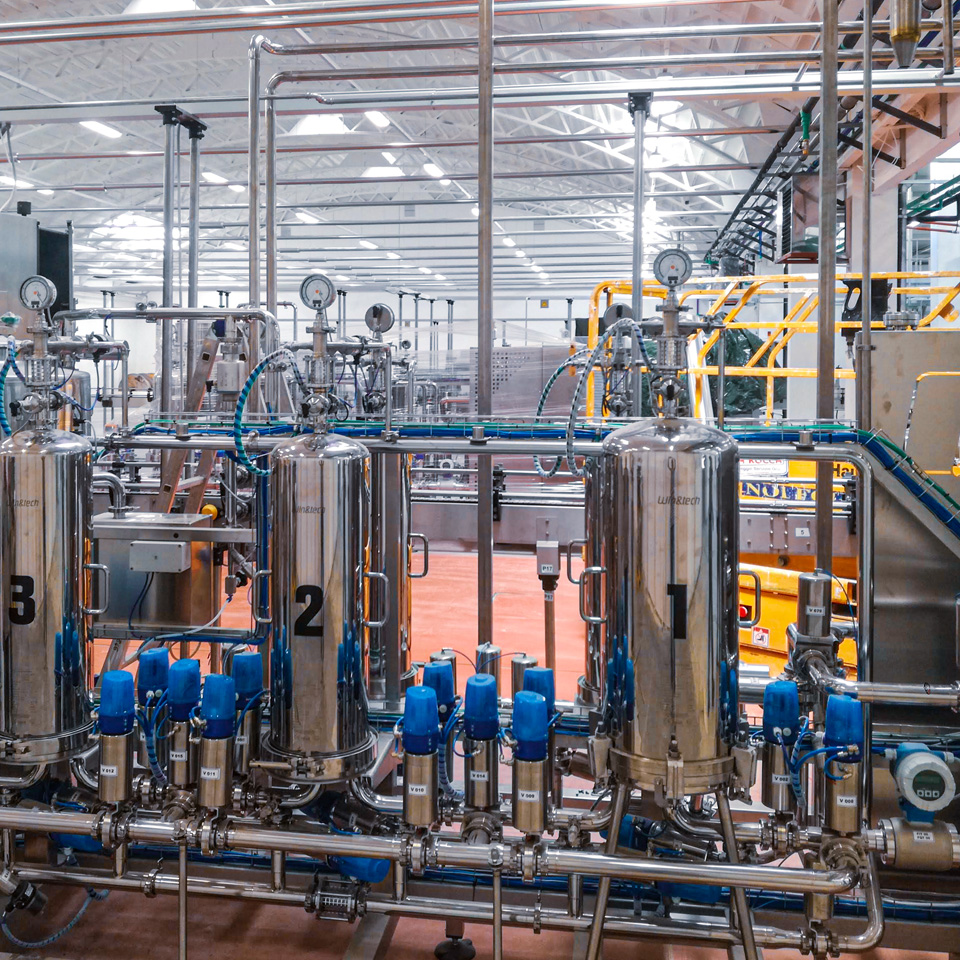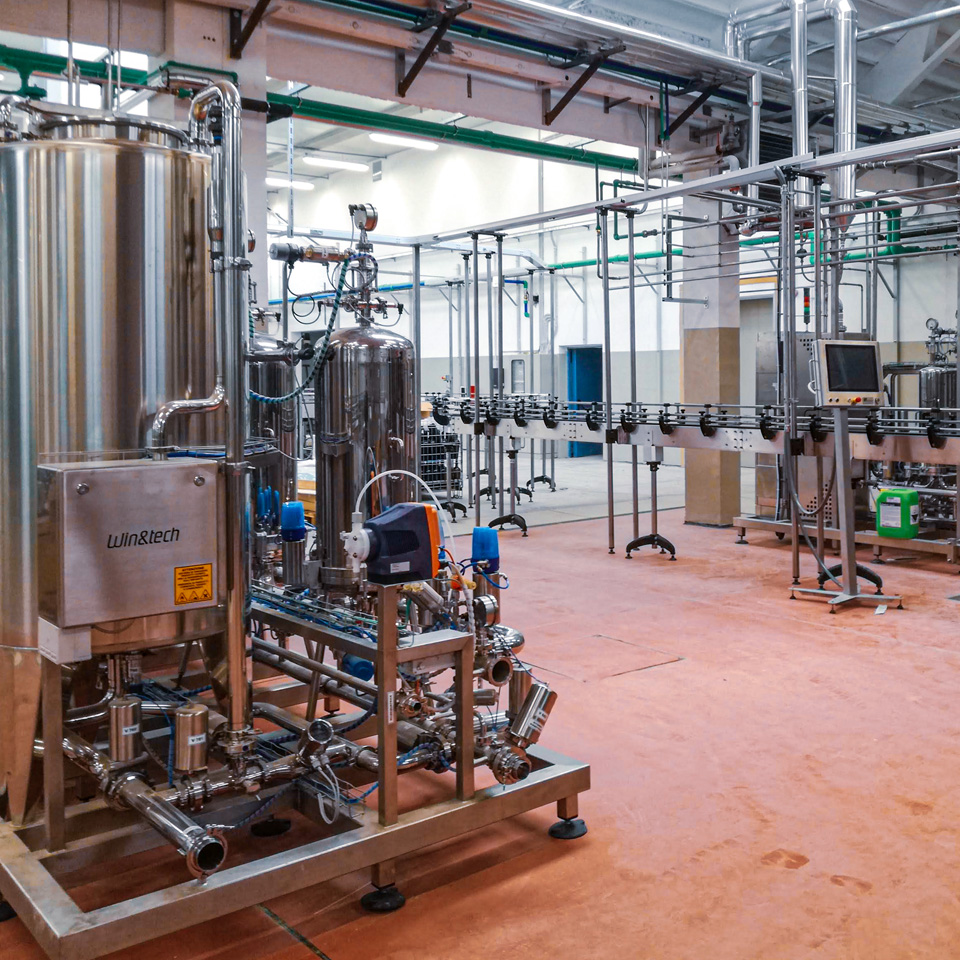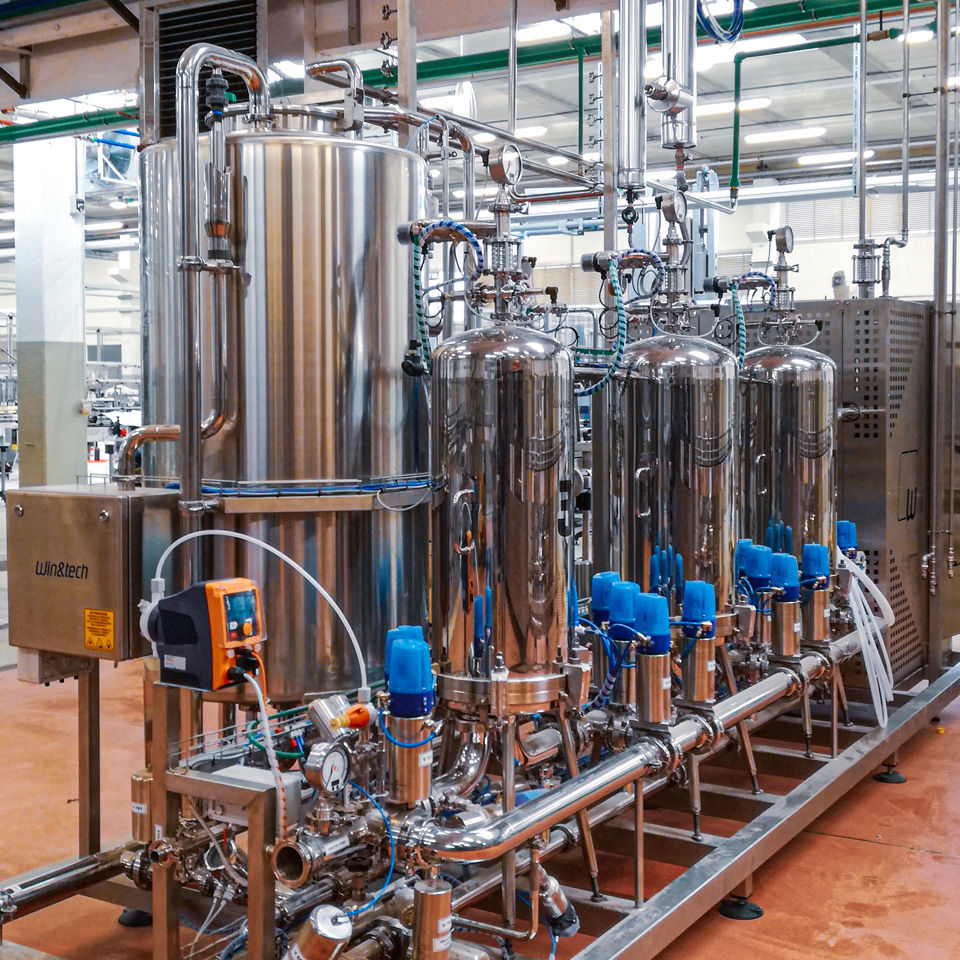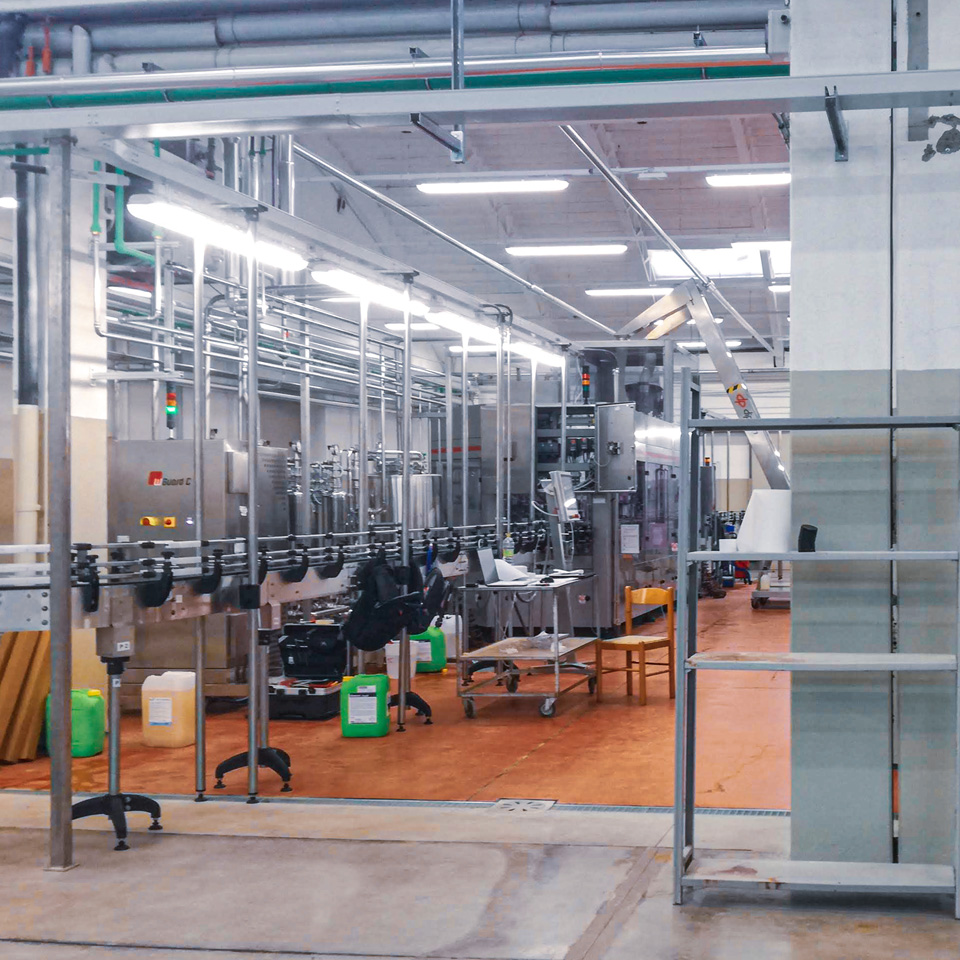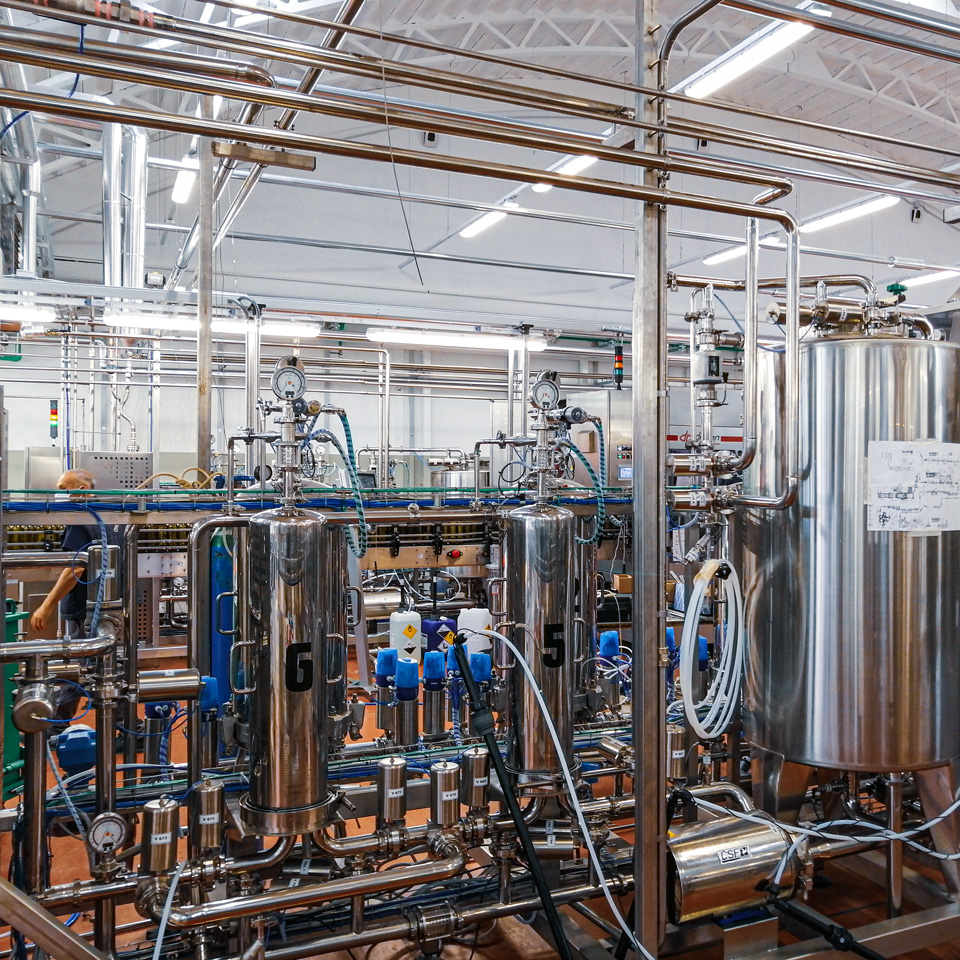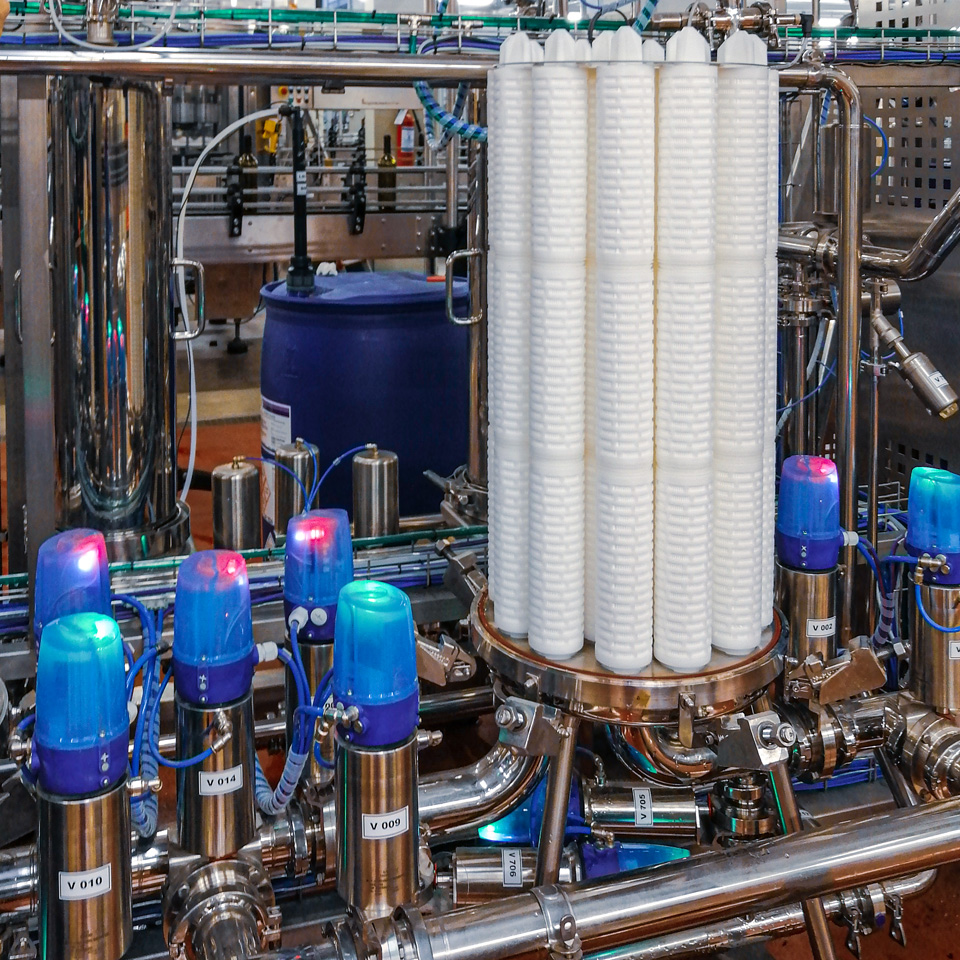Piccini 1882
Piccini 1882 is a winery born in the Chianti Classico area. Today, after 5 generations, it is one of the most active brands on the global market with owned vineyards and estates throughout the national territory (from Tuscany to Sicily).
The average annual production is about 18,000,000 bottles, and includes a broad product portfolio, which varies from the historical denominations of Tuscany (Chianti, Brunello and Maremma) up to the Crus located on the slopes of the volcano Etna, in Sicily, and on the Vulture, in Basilicata.
Today the group's business has moved to the new Casole d’Elsa plant, which has become the strategic heart of all production and logistics services, equipped with the most modern technologies available in the bottling sector.
THE PLANTS
The collaboration with Win&tech has involved several production areas of the new plant, and led to the creation of integrated systems that interface with the existing ones: all to satisfy the production requirements in terms of automation.
The pre-bottling filtration of the glass lines is entrusted to two Win&Guard C microfiltration systems, serving a line of 15,000 bottles per hour and one of 8,000 bottles per hour. These systems are designed to filter with all possible configurations, automatically managing all the necessary operations from the starting tank to the bottle.
Furthermore, all the lines of the plants, including the filling machines, are washed and sanitized by a Win&Clean CIP system.
A third plant, also among the Win&Guard series, is dedicated to the Bag in Box production line, and follows the same features and functionality than the others. The filtration area also integrates a Win&Clear system, a system that uses front filtration technology in the treatment of wines, thus ensuring consistency of quality in the preparation of wines, without interfering in the organoleptic characteristics of the product. The complete automation of all systems, equipped with the CIP, allowed Piccini 1882 to increase productivity and above all to have significant savings in terms of water consumption, compared to the previously used management and washing methods.
